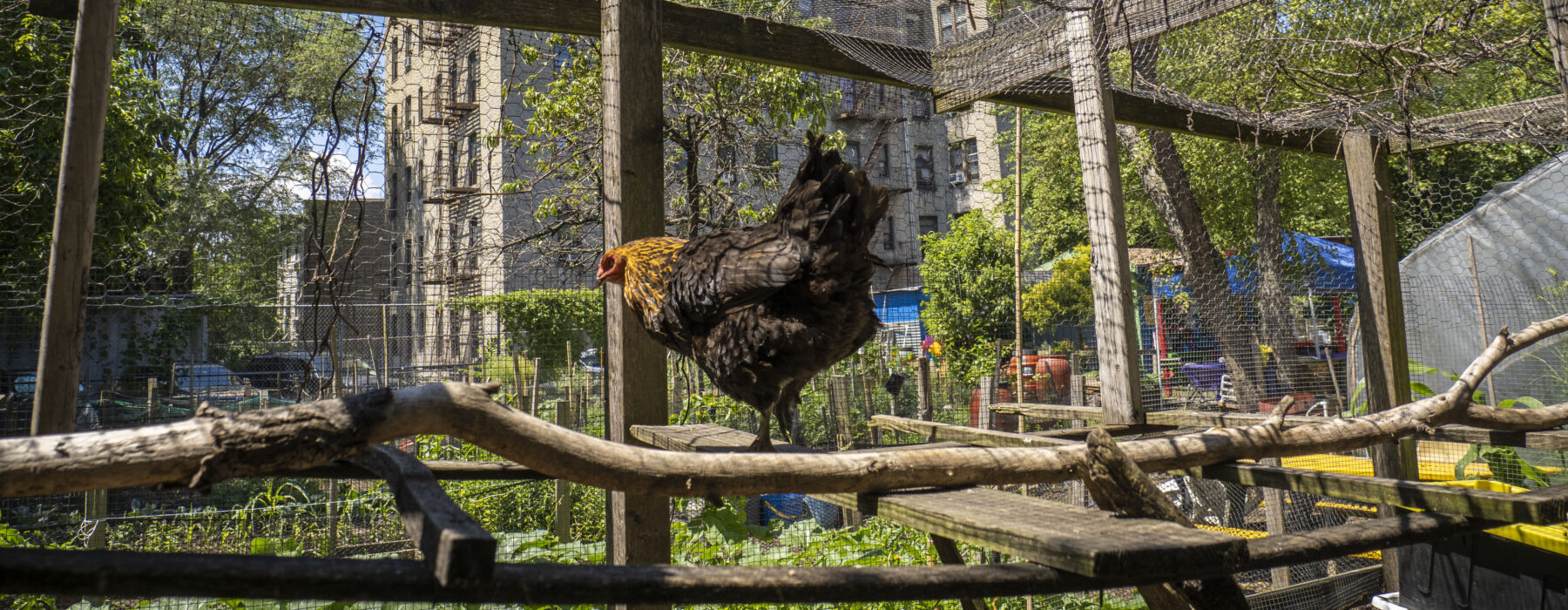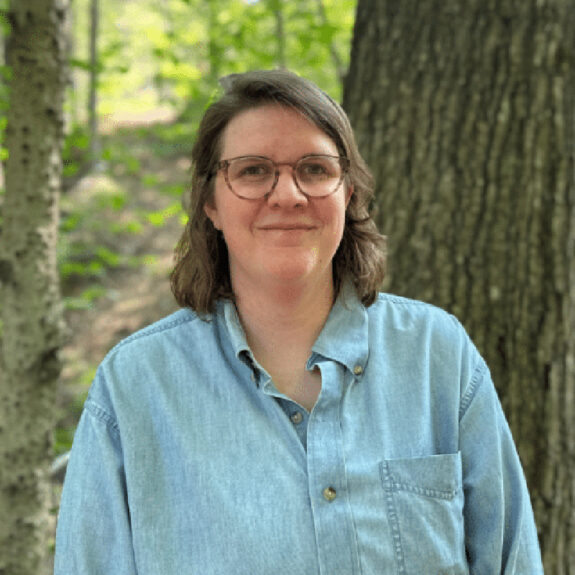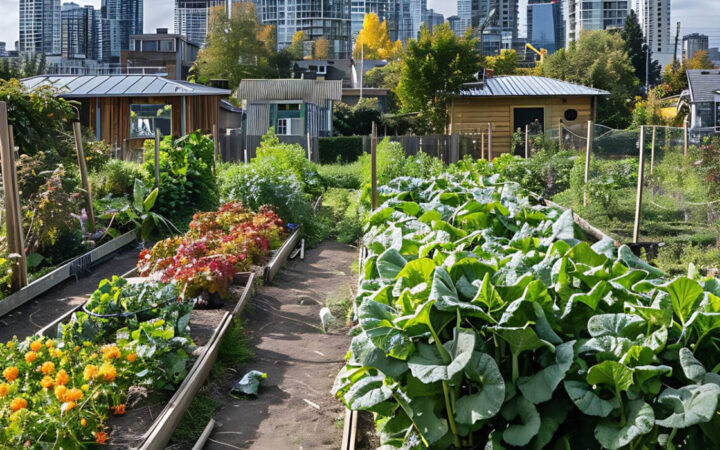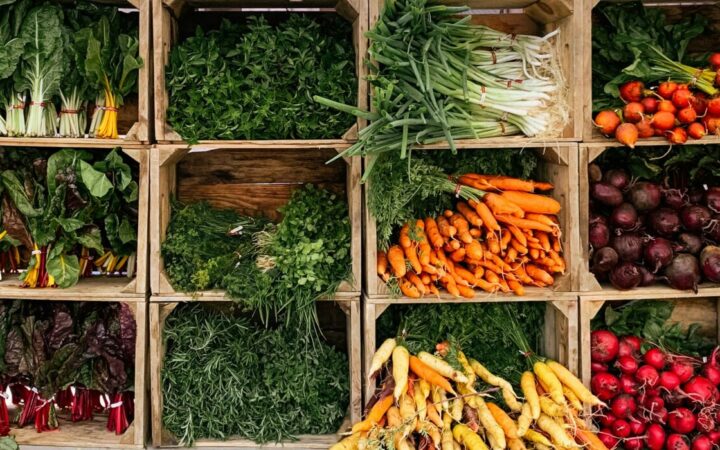This guide includes a range of examples from cities across the country showing how zoning can support urban agriculture and provides action steps for changing zoning laws to better support urban agriculture.
Introduction
Over the past decade and a half, policymakers have increasingly prioritized urban agriculture. Specifically, they have focused on supporting and enacting policies that facilitate commercial, community, and personal food production within and around cities. While these policy efforts should be applauded, in many ways they are long overdue, given the historical roots of urban agriculture. In the United States, urban agriculture became prominent in the early twentieth century when “vacant lot cultivation associations” emerged as a means of providing jobs to unemployed workers. During World War II, Americans began to grow victory gardens at private residences and on public lands to reduce pressure on the food supply and provide food to their communities. In the 1960s and ’70s, racist zoning policies, violence, and blight contributed to a widespread abandonment of central, racially diverse urban neighborhoods by major supermarkets, a practice known as “supermarket redlining,” mirroring the post-World War II phenomenon of white flight. Black and Latinx farmers in these neighborhoods stepped into the gap and established abundant urban community gardens as an act of resistance and to provide healthy, fresh, and nutritious food to their communities.
More recently, the COVID-19 pandemic exposed the fragility of the global food supply chain and raised awareness around the importance and resilience of local food production and urban agriculture. However, despite its transformative potential and deep roots both global and domestic, urban agriculture is only now beginning to draw the policy attention and resources it merits. At the same time, there are key challenges facing urban farmers, including restrictions on how land can be used and limited access to resources such as land and water.
Zoning is a regulatory tool used by local government to control what uses are allowed on a given tract of land within the community. Many barriers faced by urban farmers today are related to outdated municipal zoning codes, which can ban or restrict agricultural and food production activities such as composting, chicken-keeping, and even growing vegetable plants in front yards.
This guide is intended for use by planners, local policy makers, food policy councils, and members of the public who want to promote urban agriculture through zoning reform. Principally, the guide is aimed toward communities that have not yet taken an in-depth look at their zoning codes to analyze their impact on urban agriculture. These communities may benefit from some of this guide’s suggested amendments to their zoning laws. Rather than providing an exhaustive analysis of all the work communities are pursuing this in space, this guide instead provides a set of initial ideas, inspiration, and support to those advocating for urban agriculture in their communities.
To that end, this guide:
- provides a general overview of urban agriculture and zoning,
- explains how zoning can support urban agriculture,
- considers action steps for advocates trying to facilitate urban agriculture through zoning, and
- explores emerging trends in zoning for urban agriculture.
A major objective of this resource is to advance the Healthy Food Policy Project’s goal of identifying local policy options that support access to healthy food. To provide a current understanding of the national landscape and allow for comparison of practices and identification of potential barriers, it generally focuses on laws enacted within the last 15 years (2008-2023).
Acknowledgements
This Guide uses as its base the previous Guide developed by Tess Romanski MFALP ’20 and was reviewed and edited by Matthew Ellison, Lihlani Nelson, Claire Hermann, Laurie Beyranevand, and Fran Miller. This project is funded by the National Agricultural Library, Agricultural Research Service, U.S. Department of Agriculture.
Suggested Citation
Healthy Food Pol’y Project, Zoning for Urban Agriculture: A Guide for Updating Your Community’s Laws to Support Healthy Food Production and Access (2024), https://cafs.vermontlaw.edu/wp-content/uploads/zoning-for-urban-agriculture-updating-community-laws-to-support-food-production-and-access-2024.pdf.





